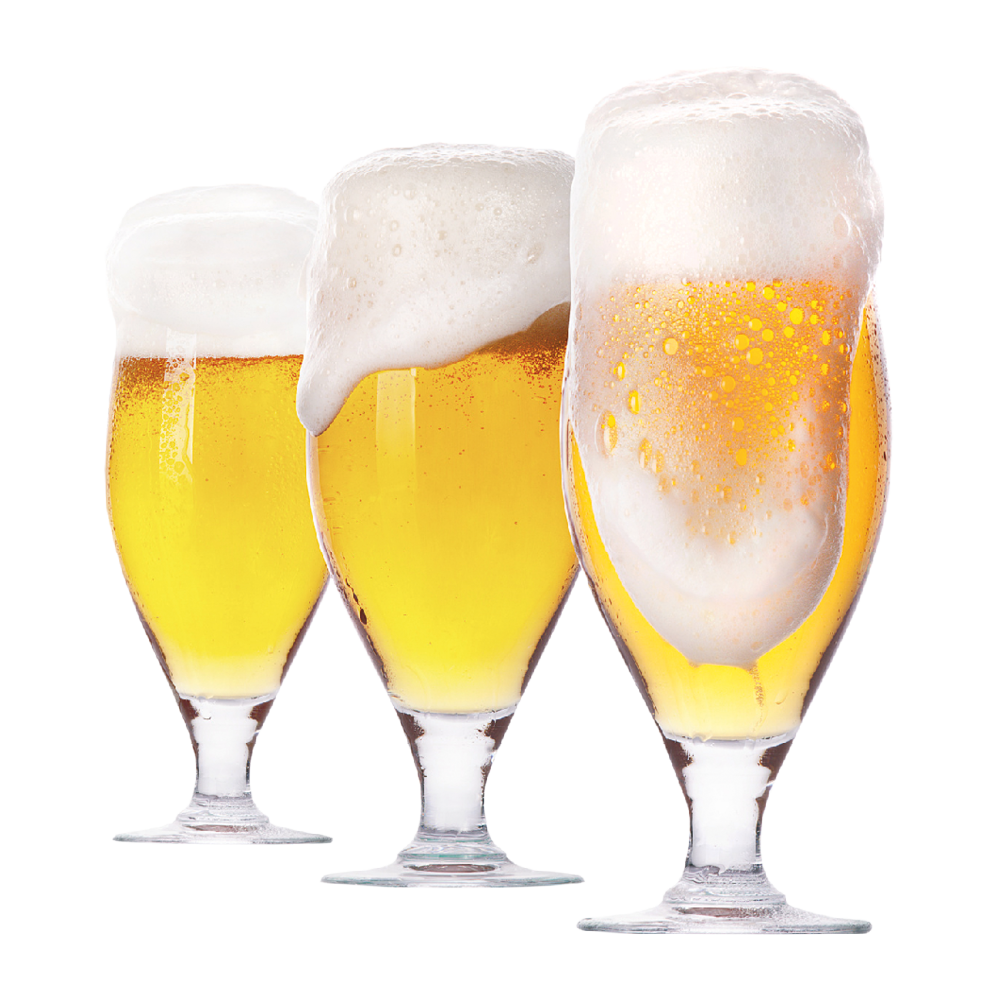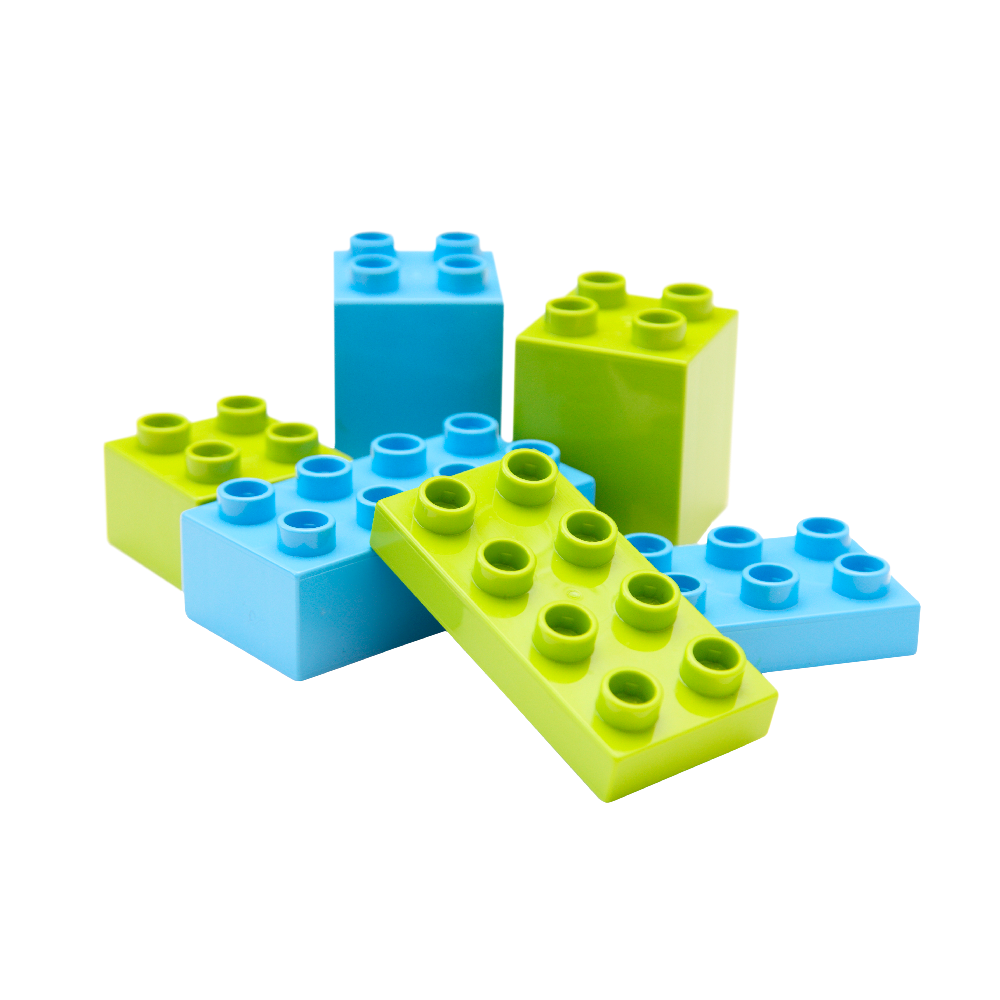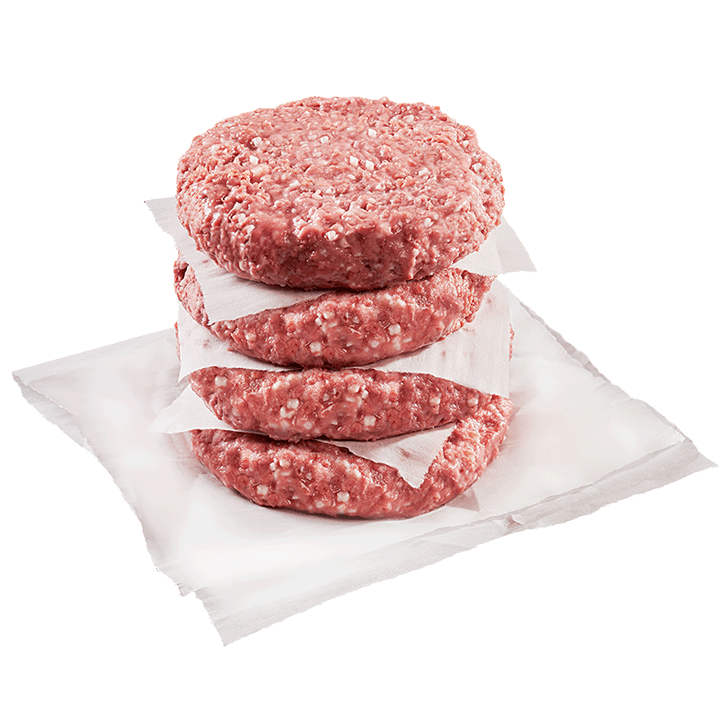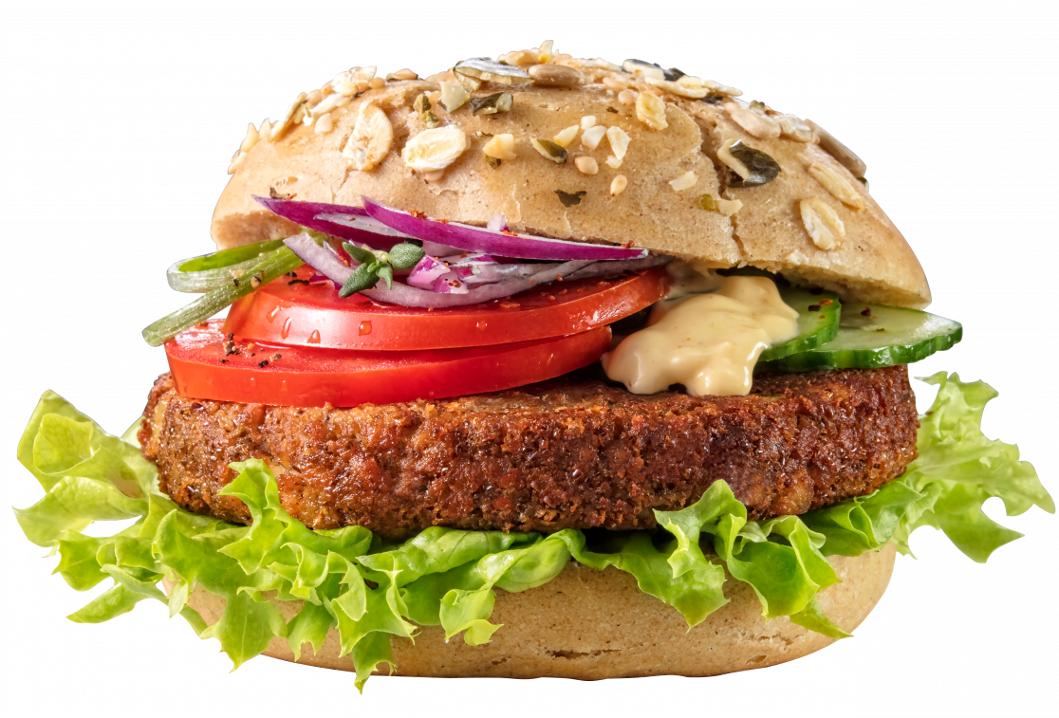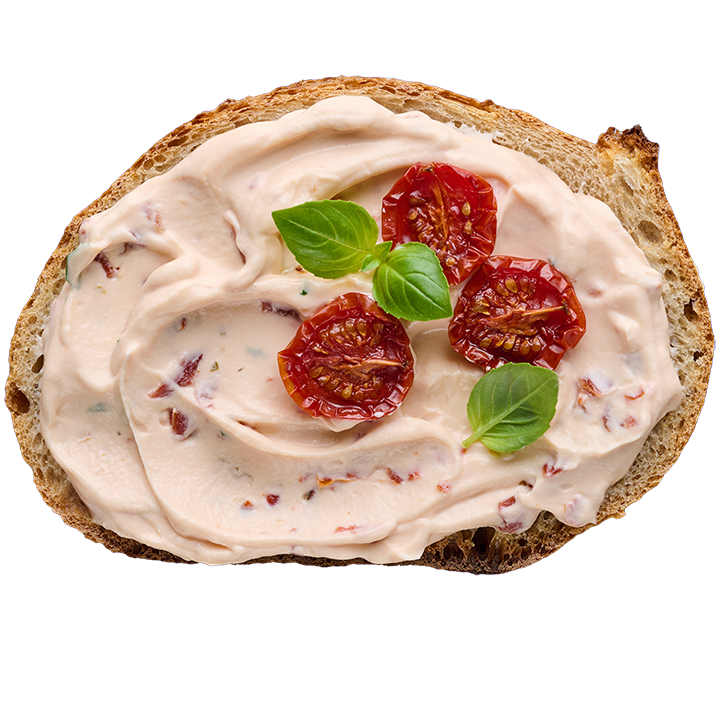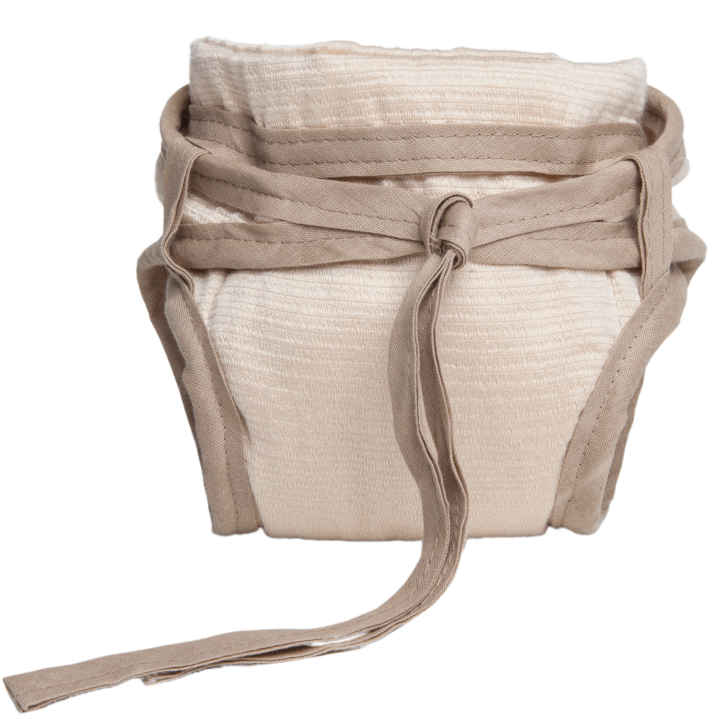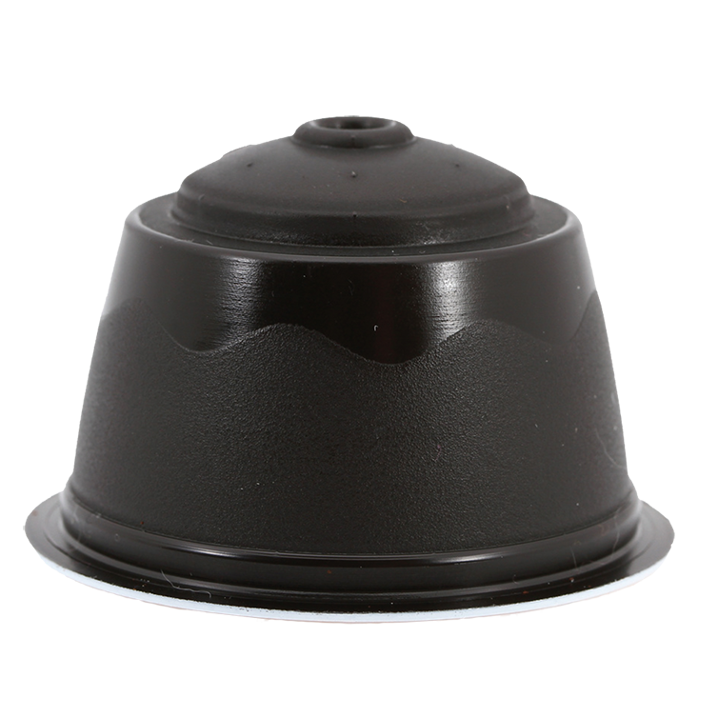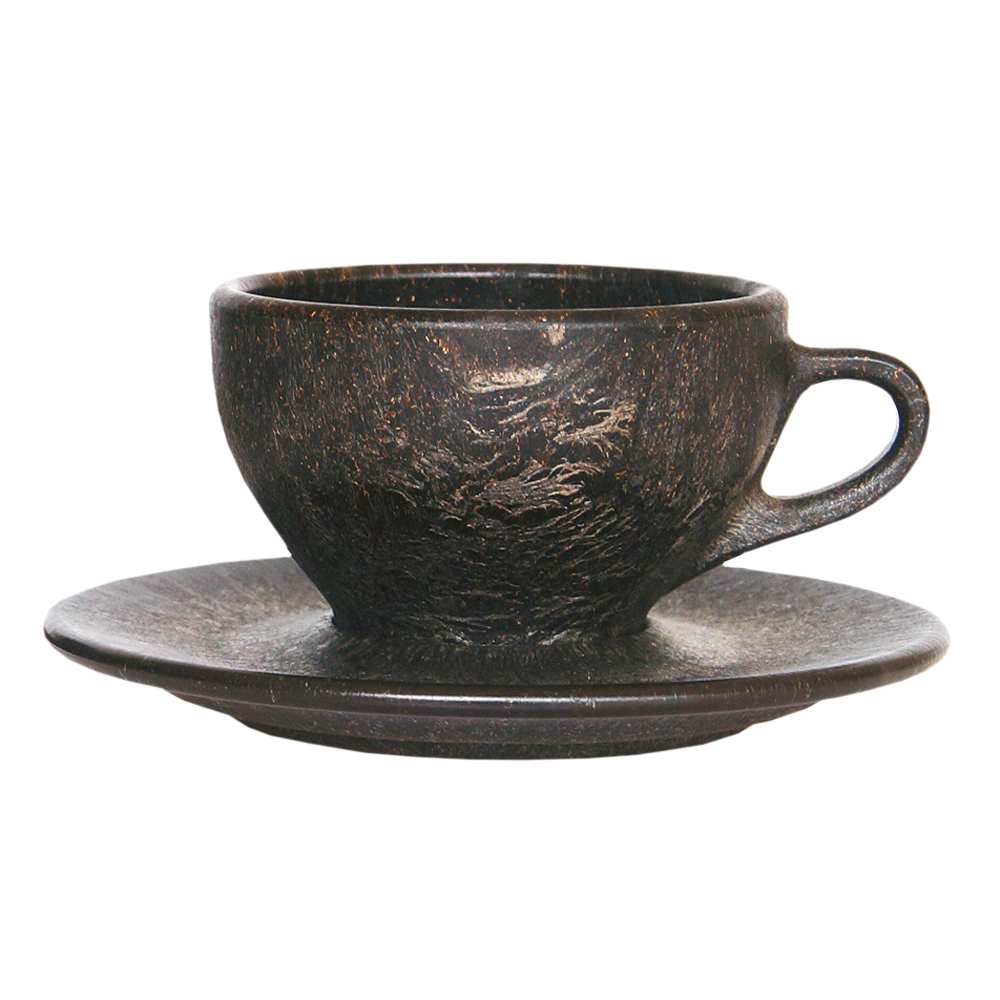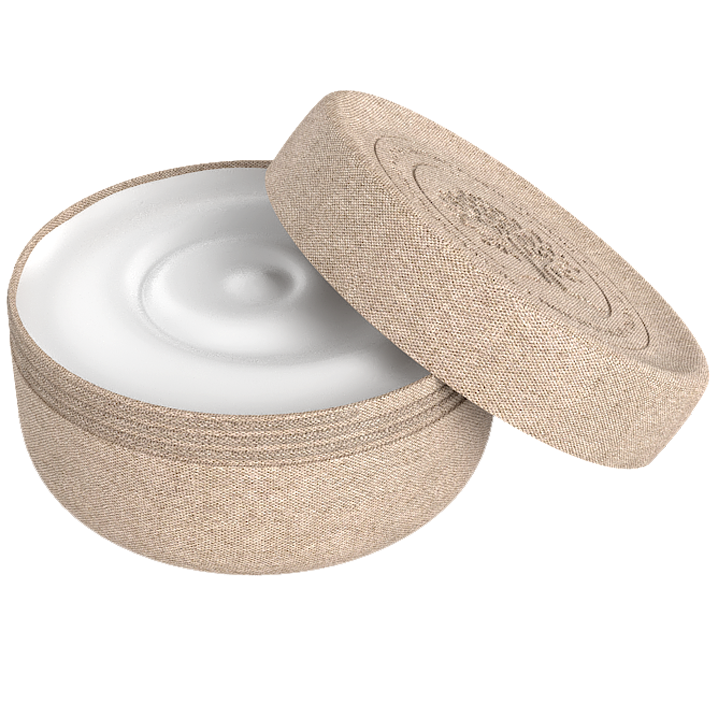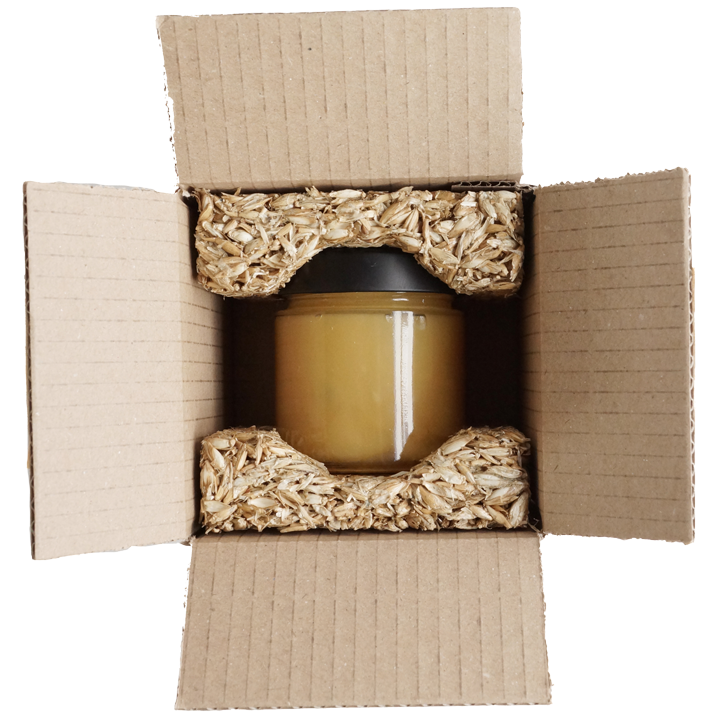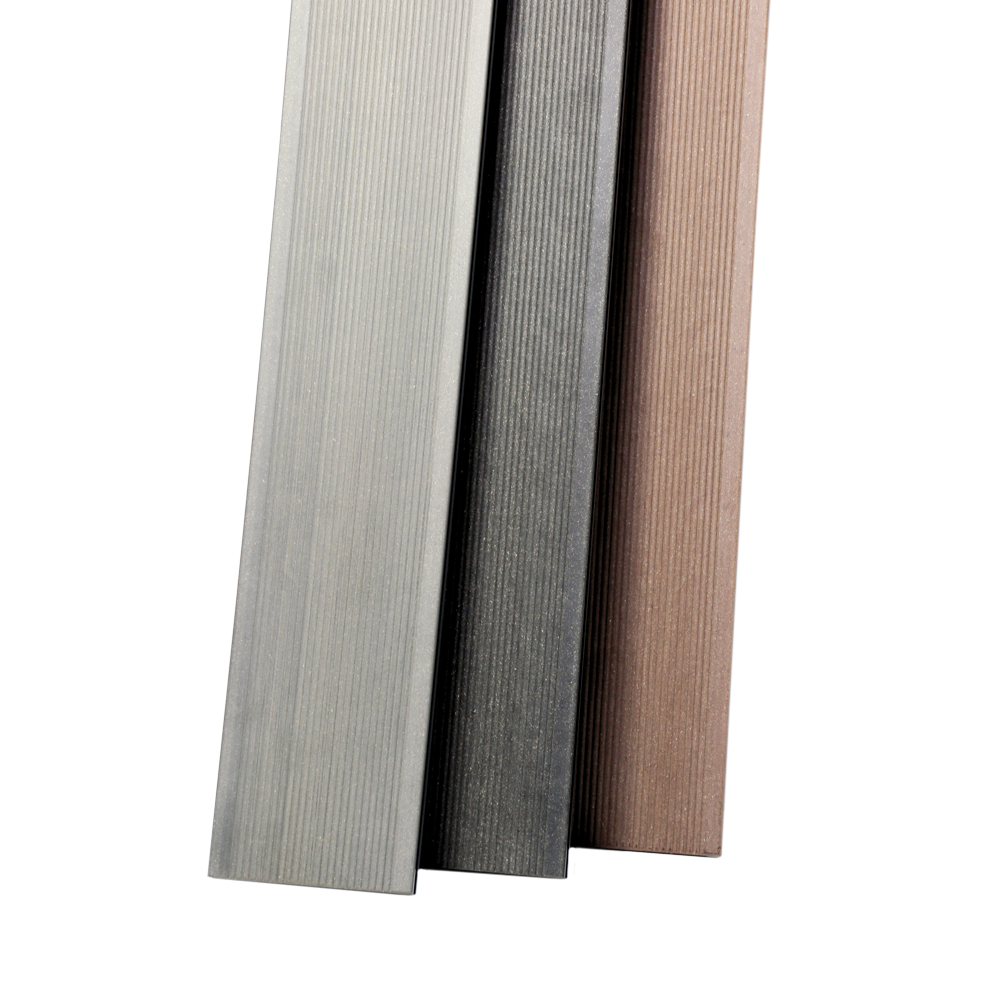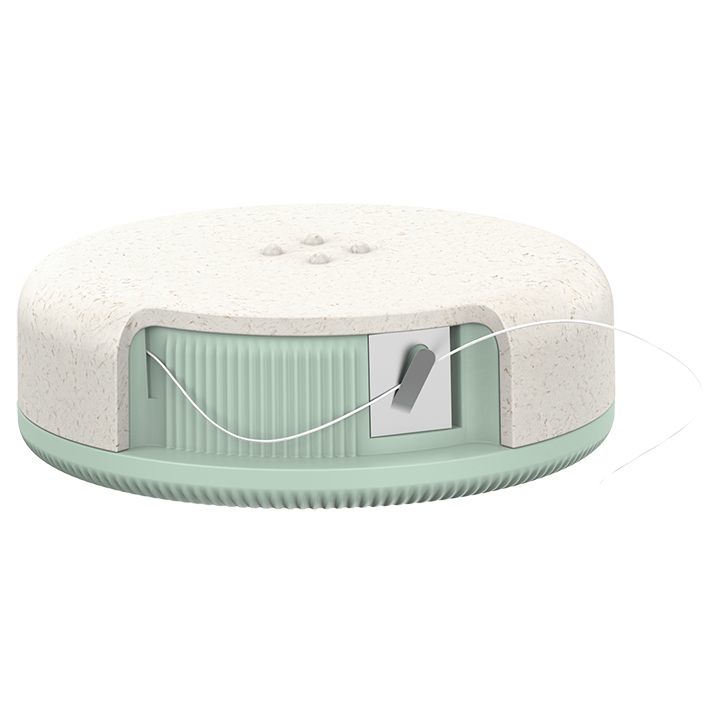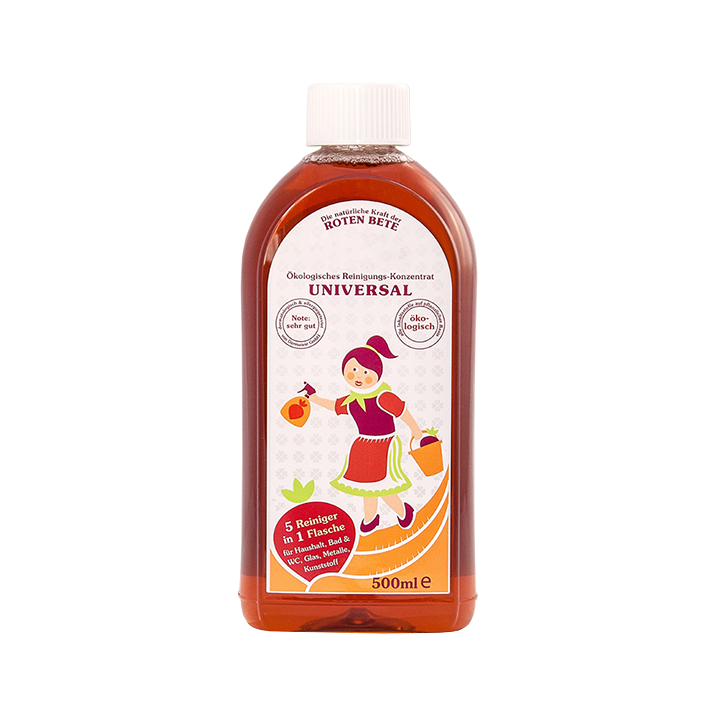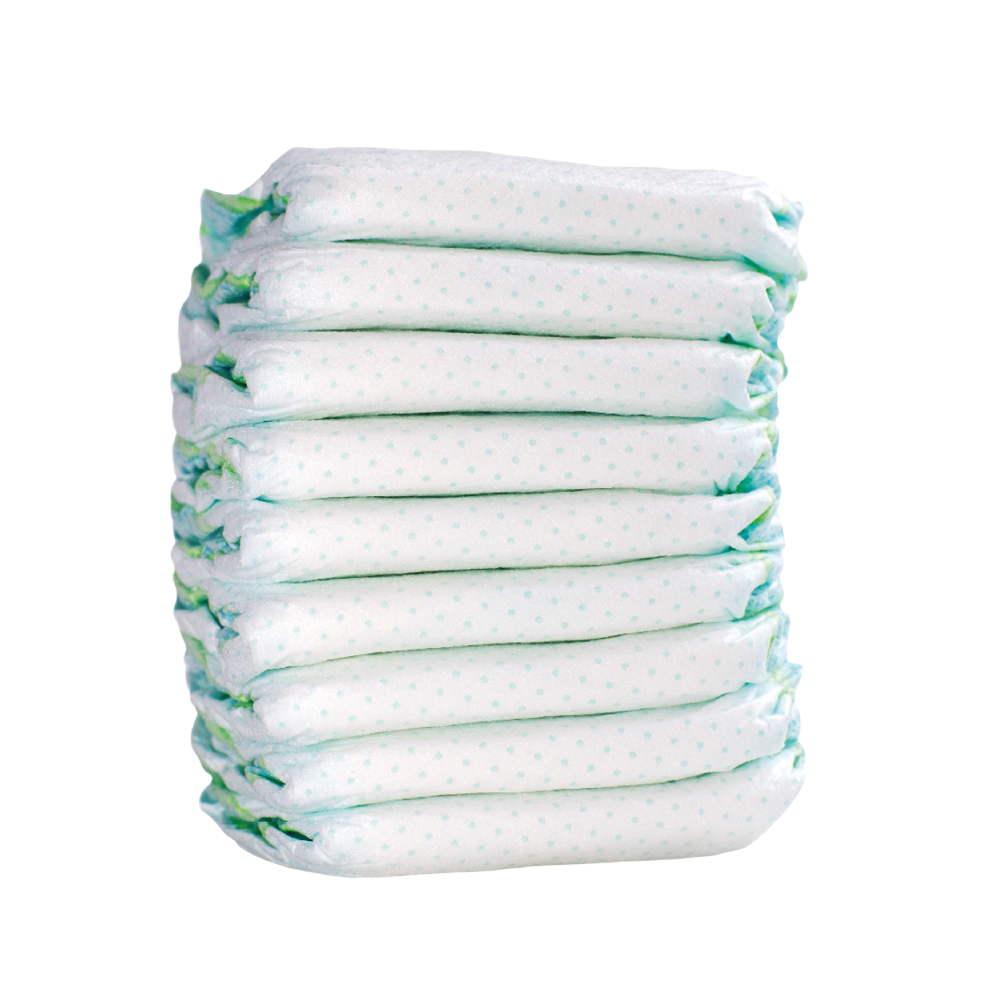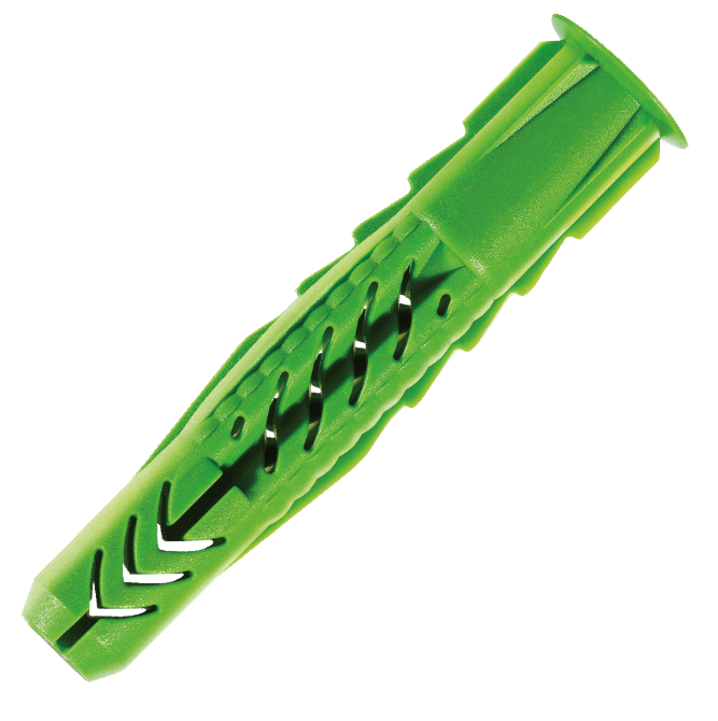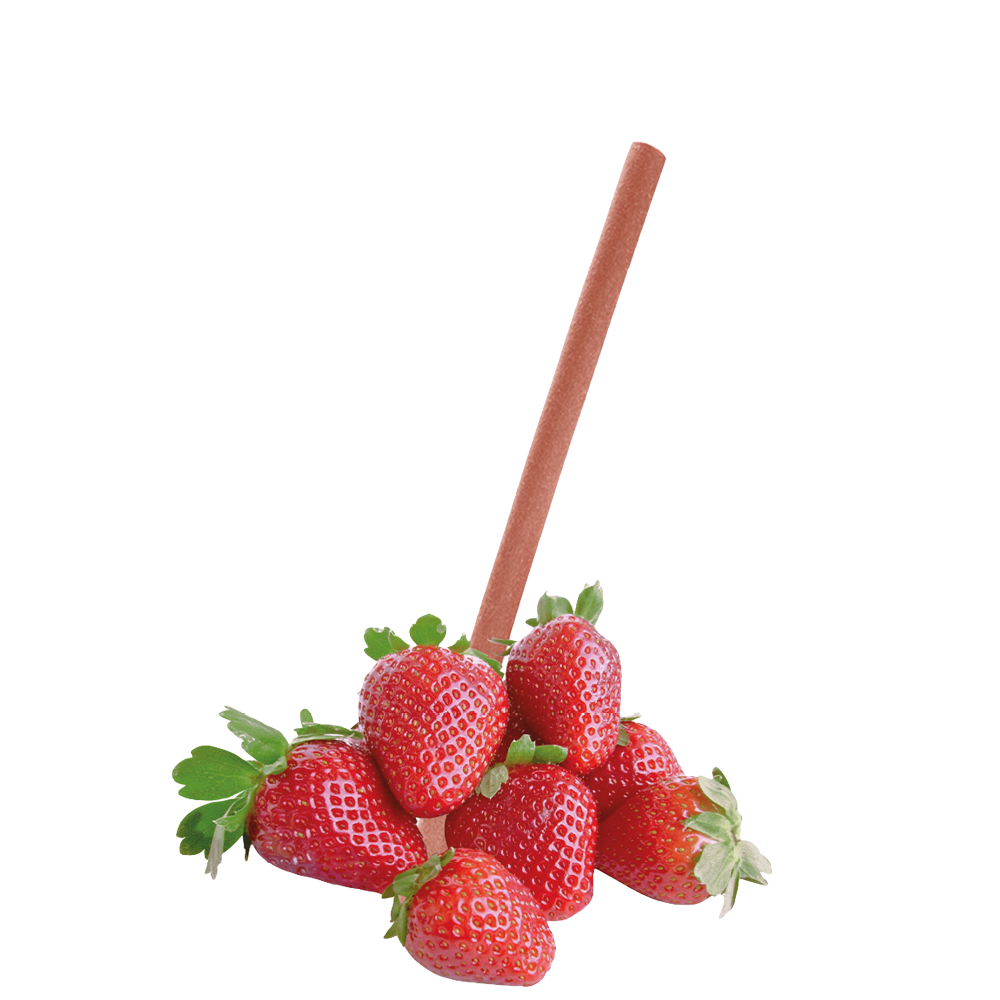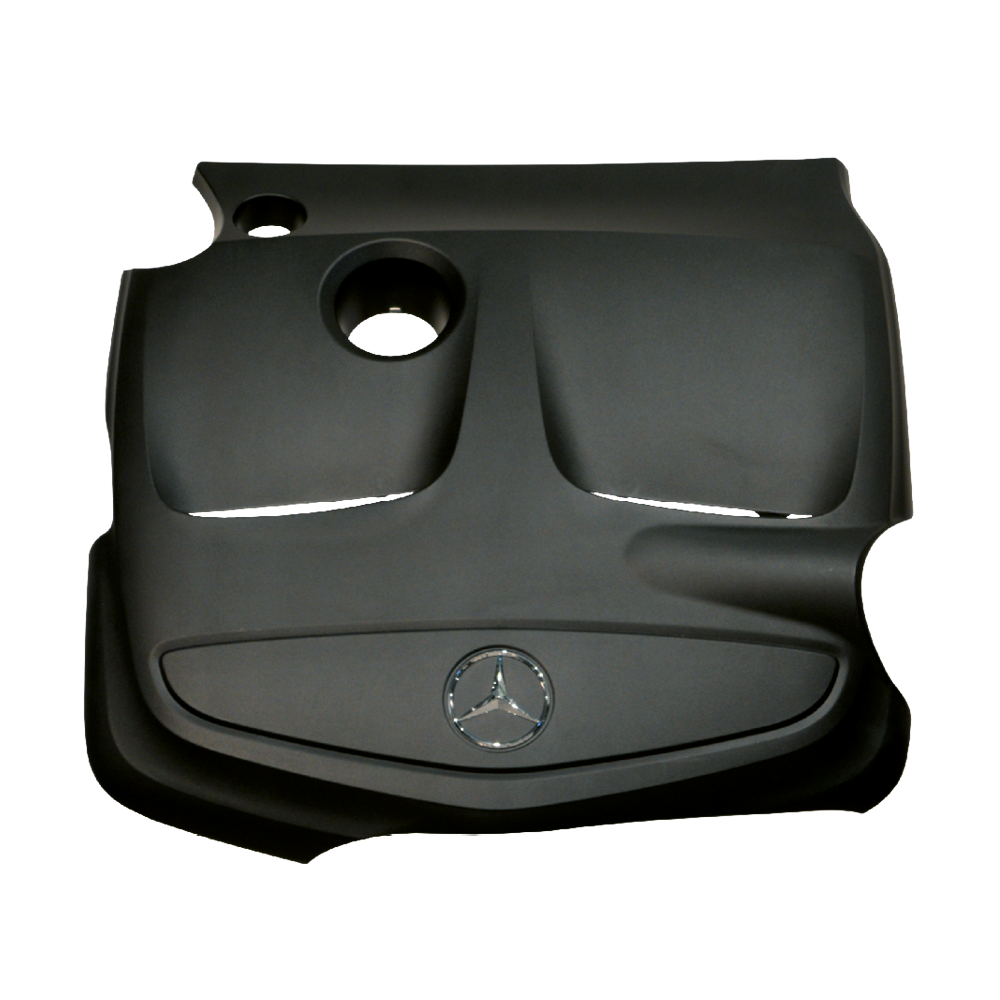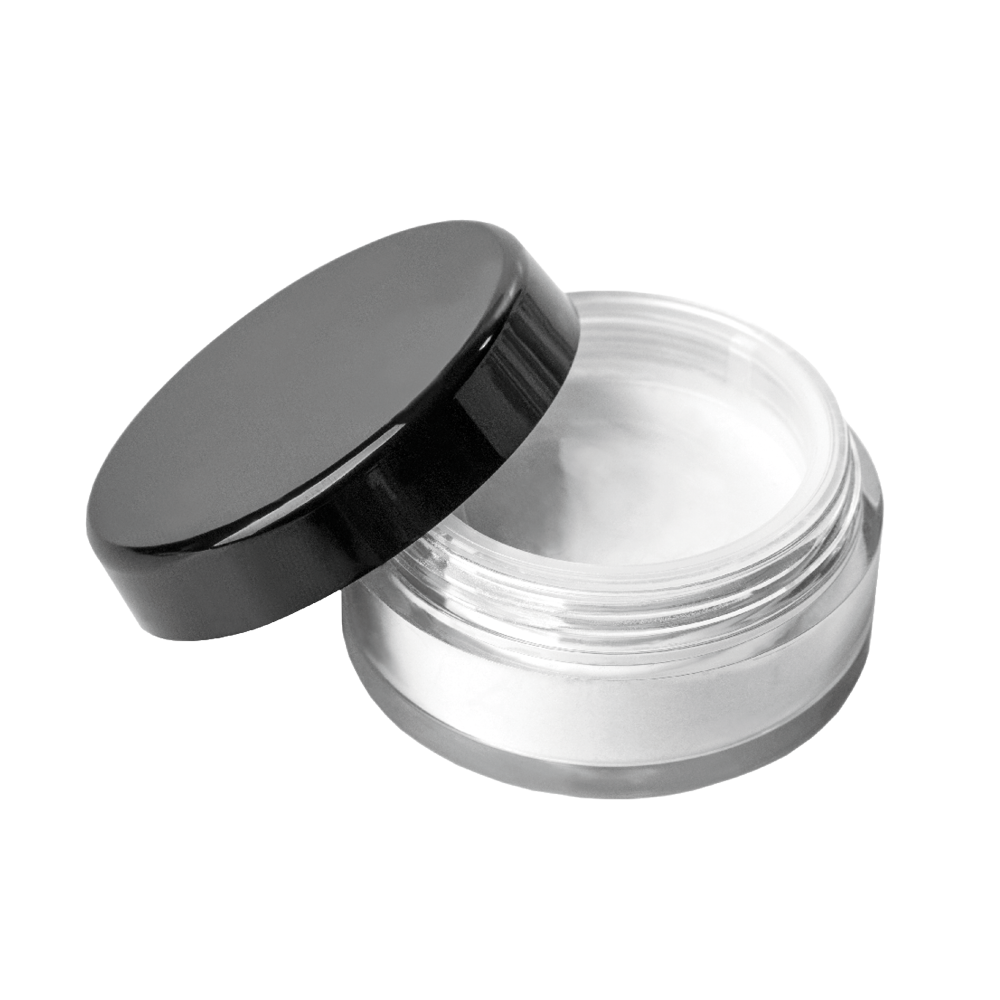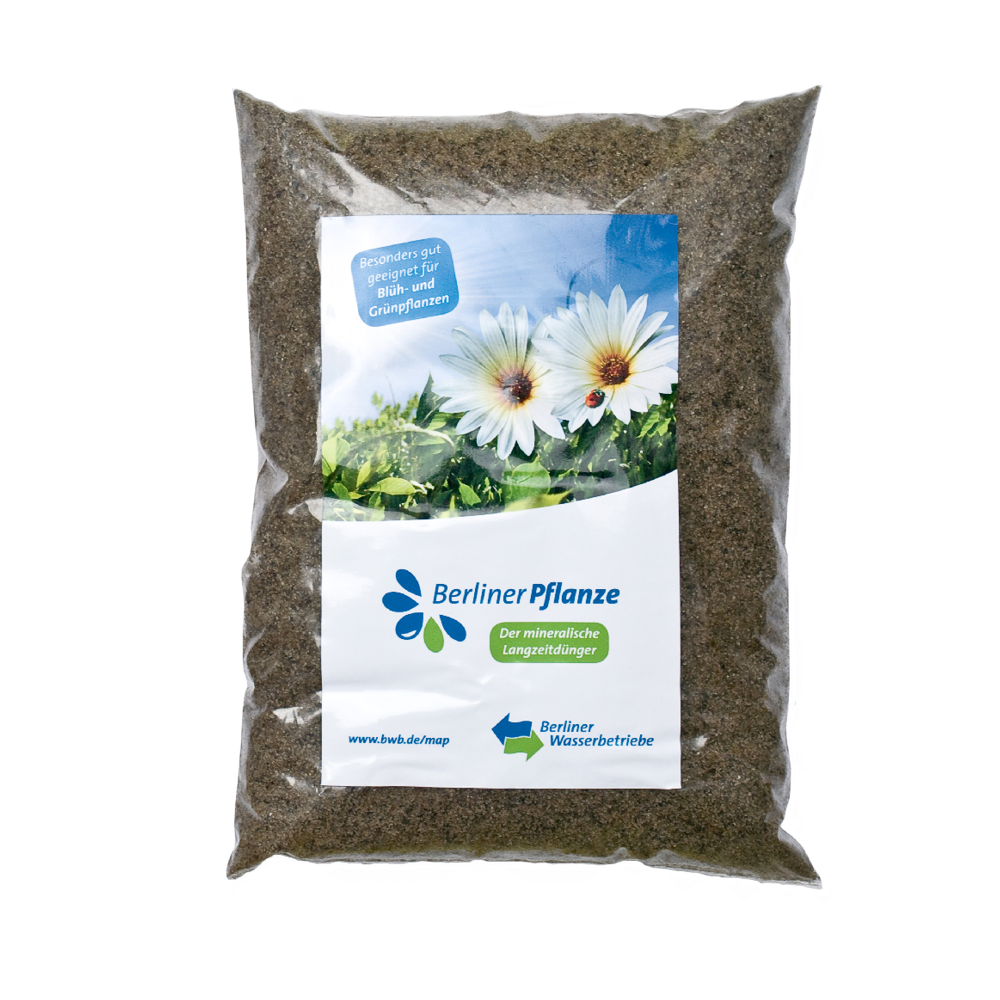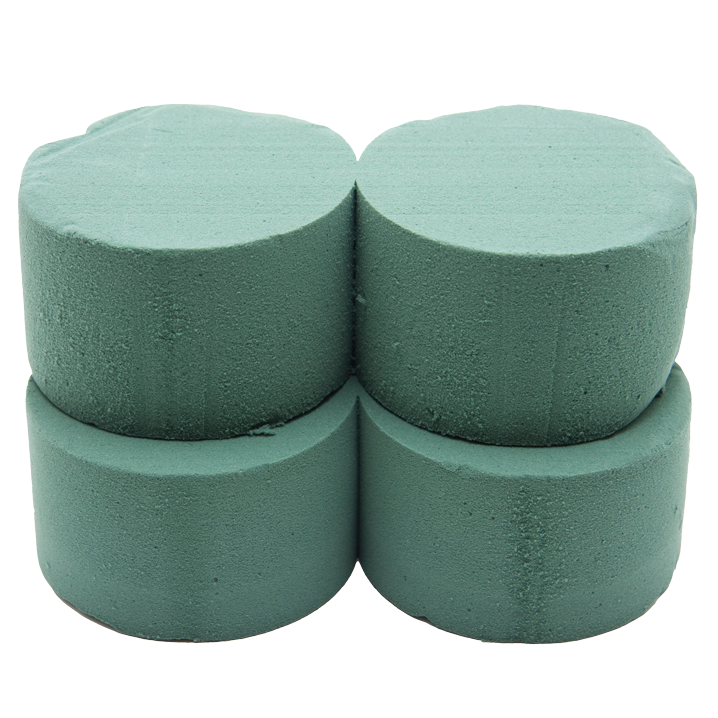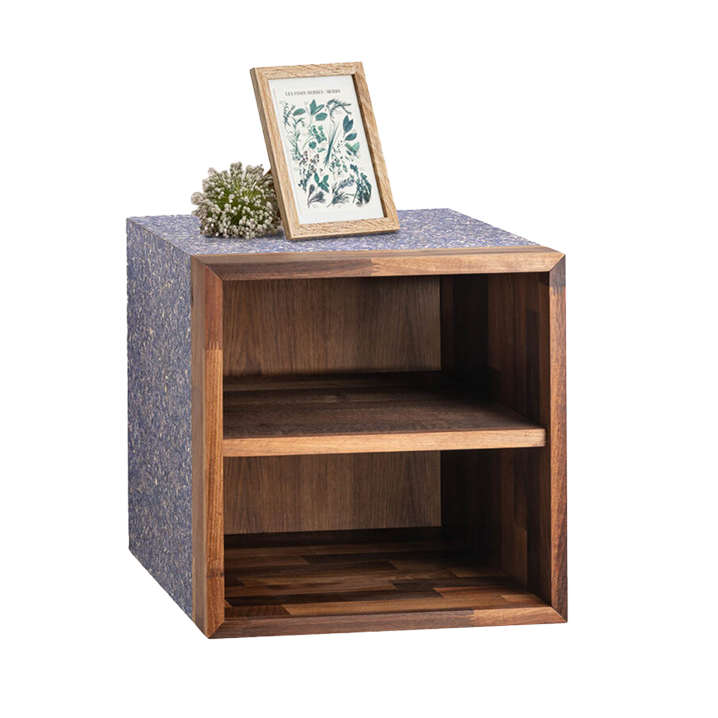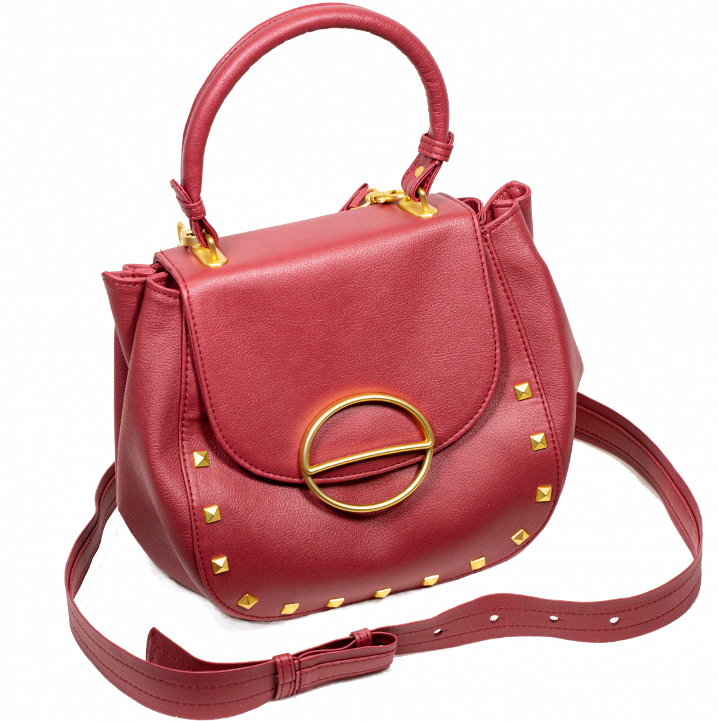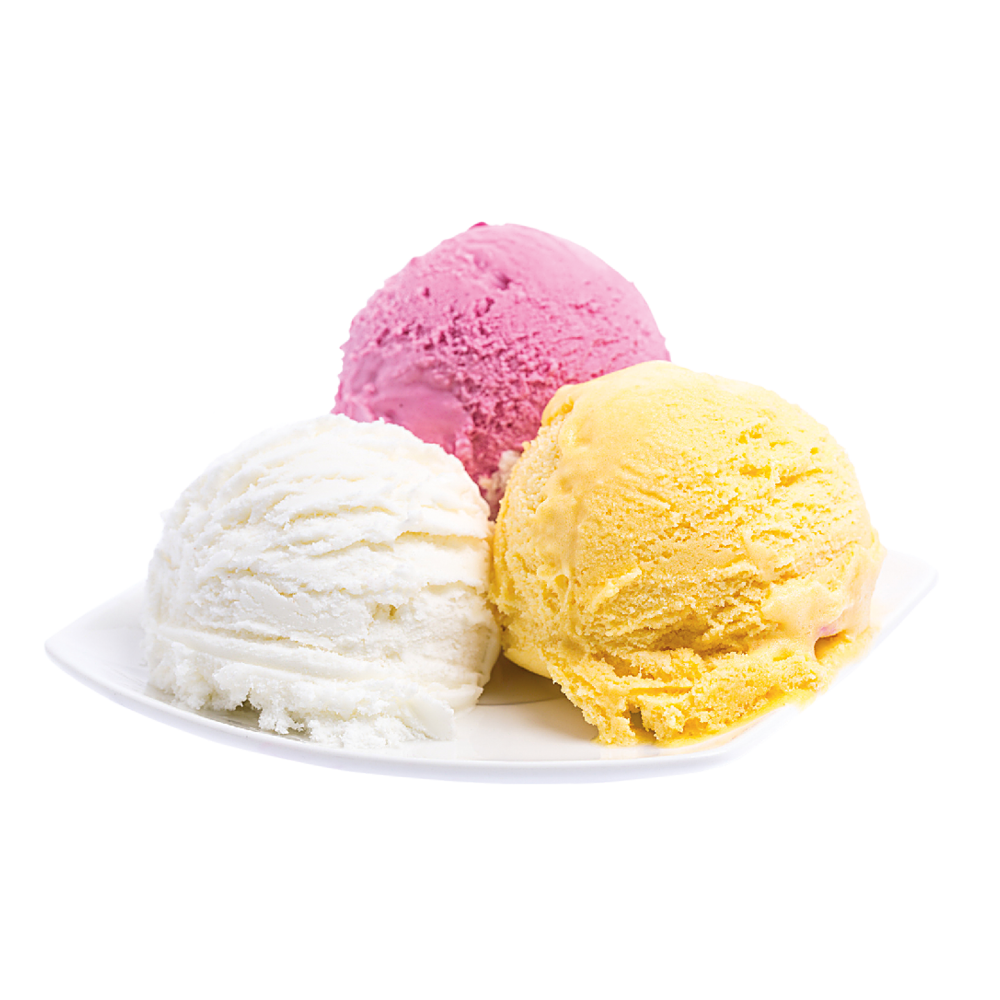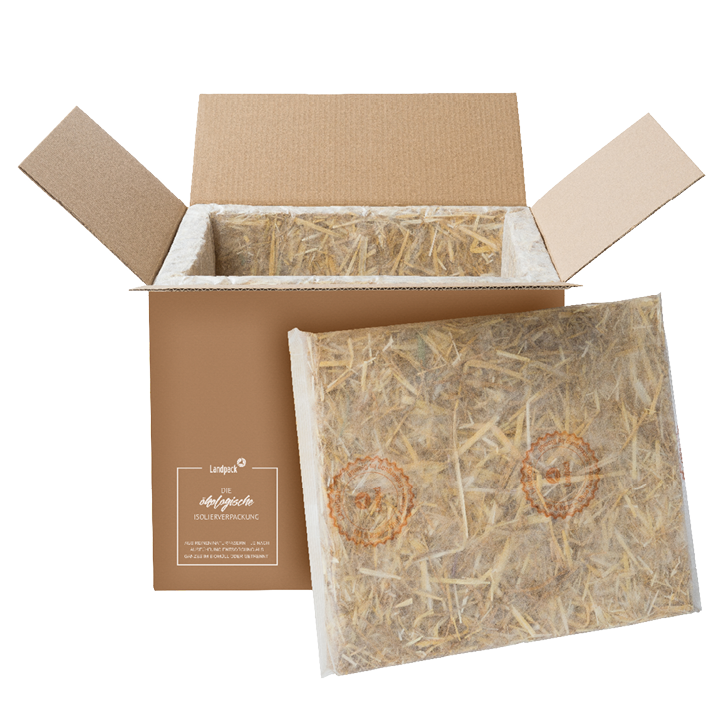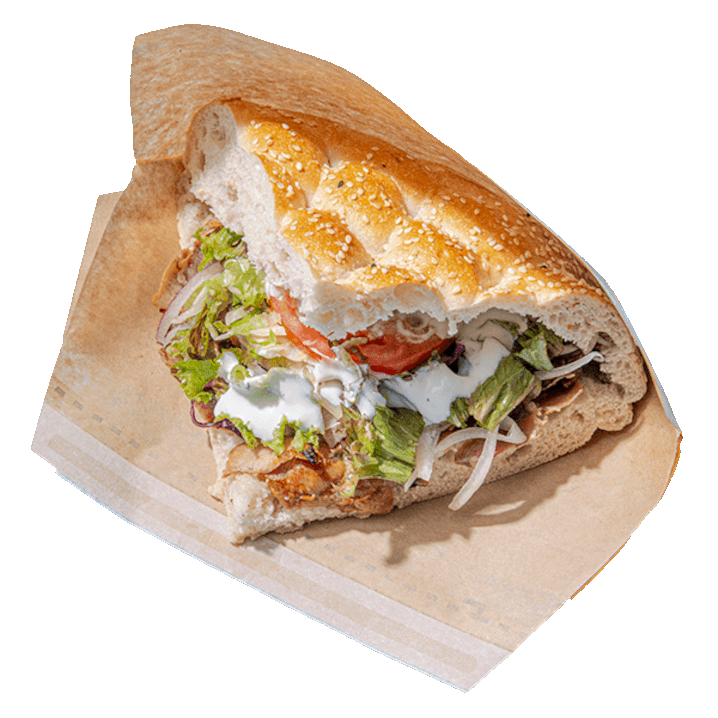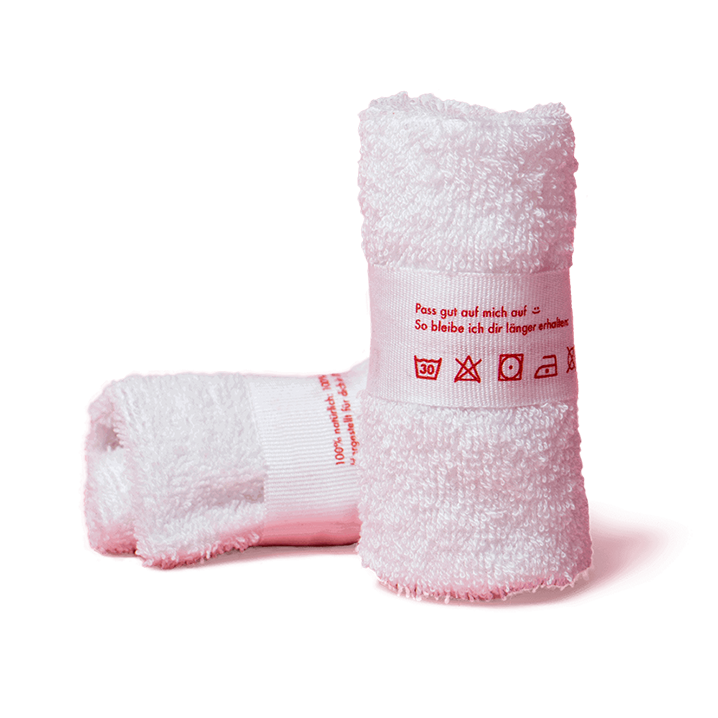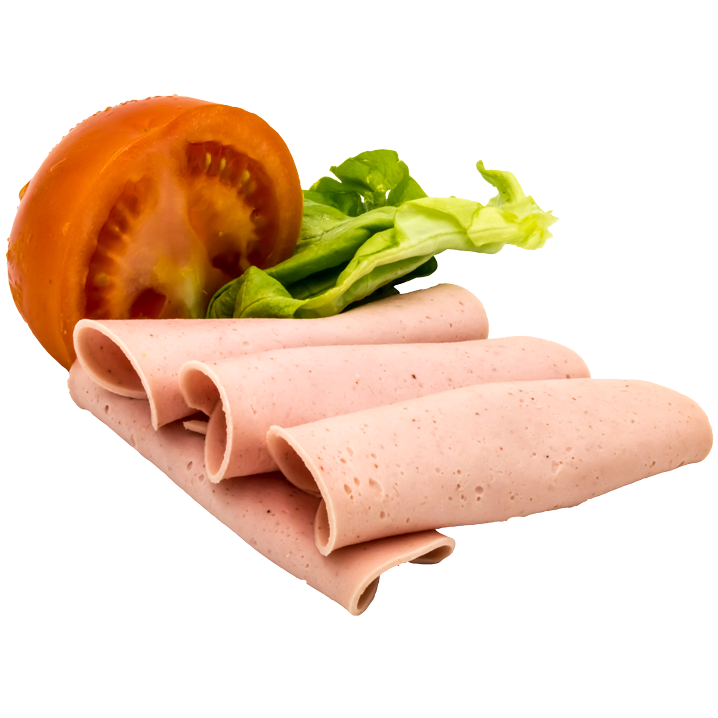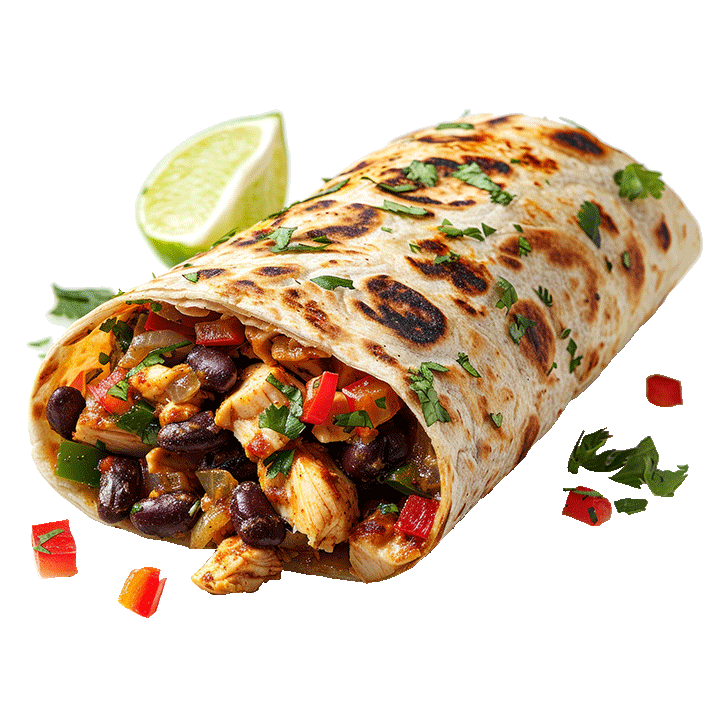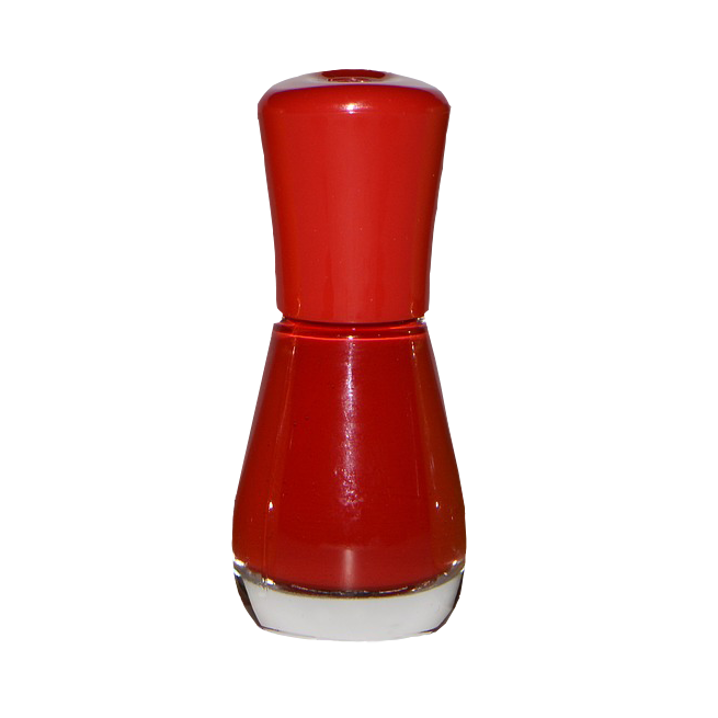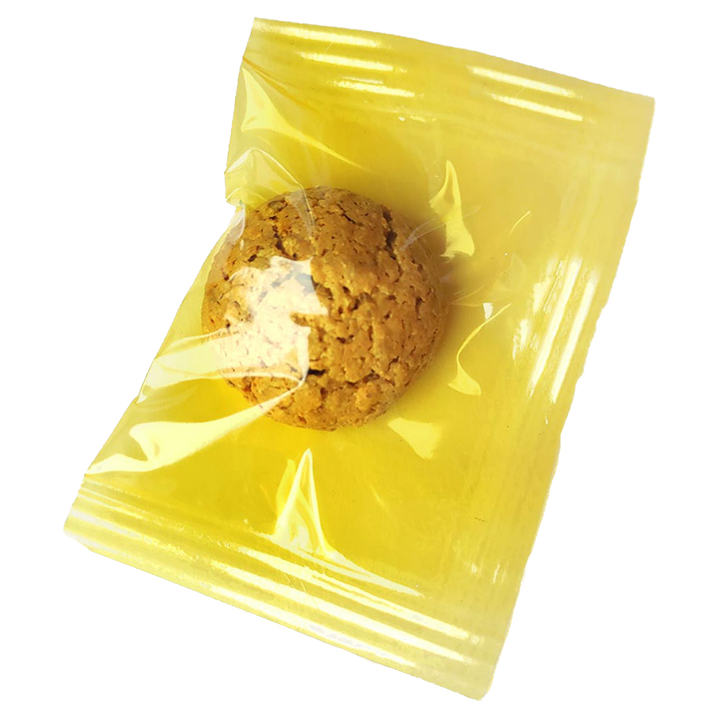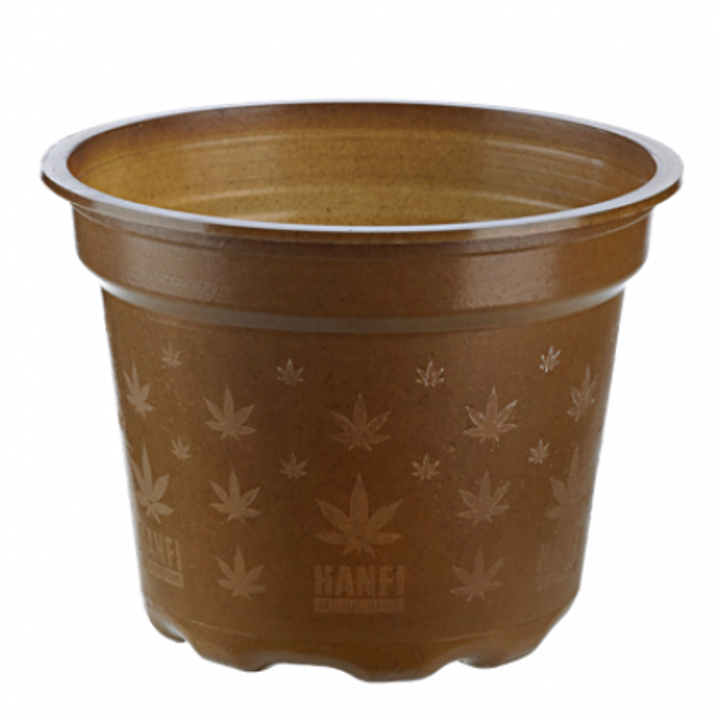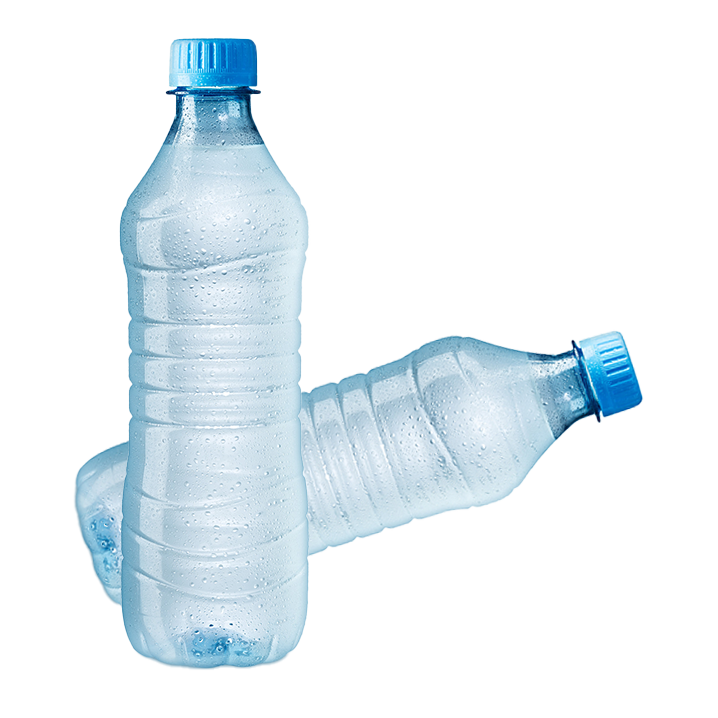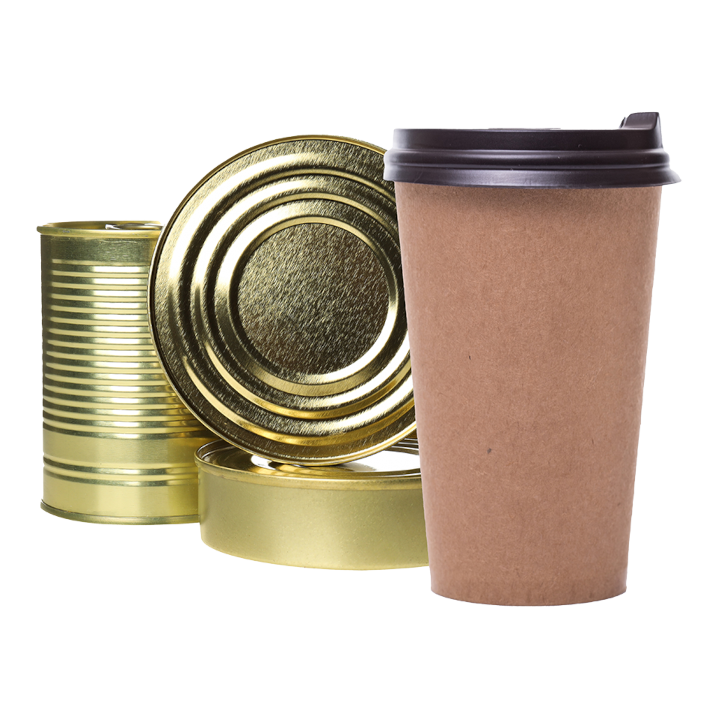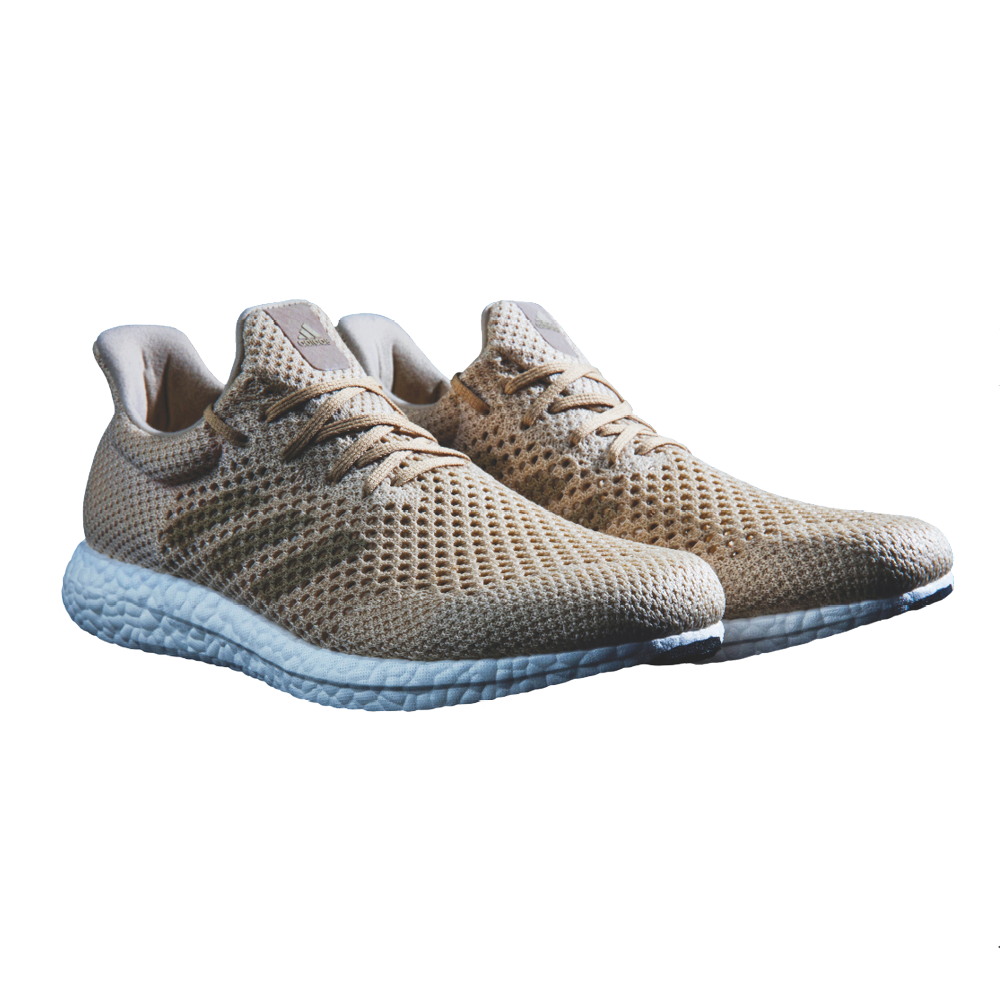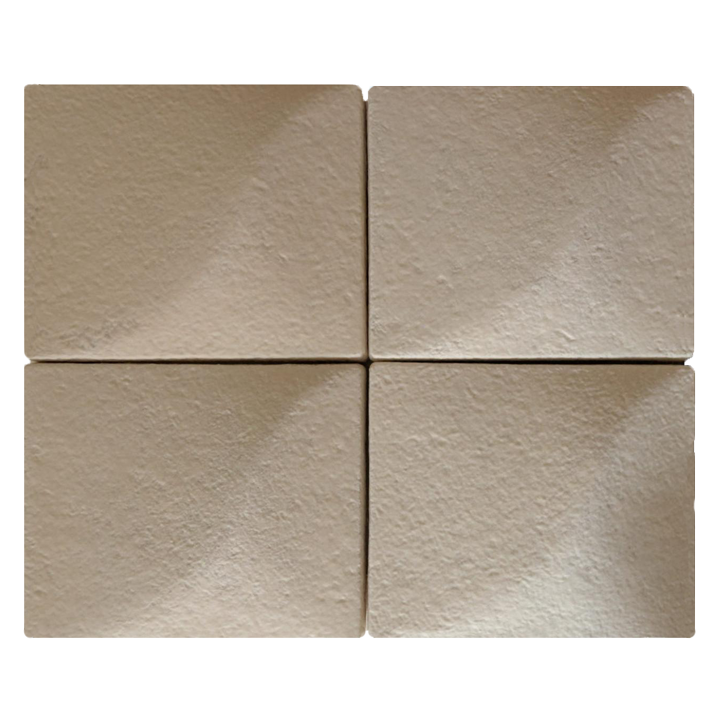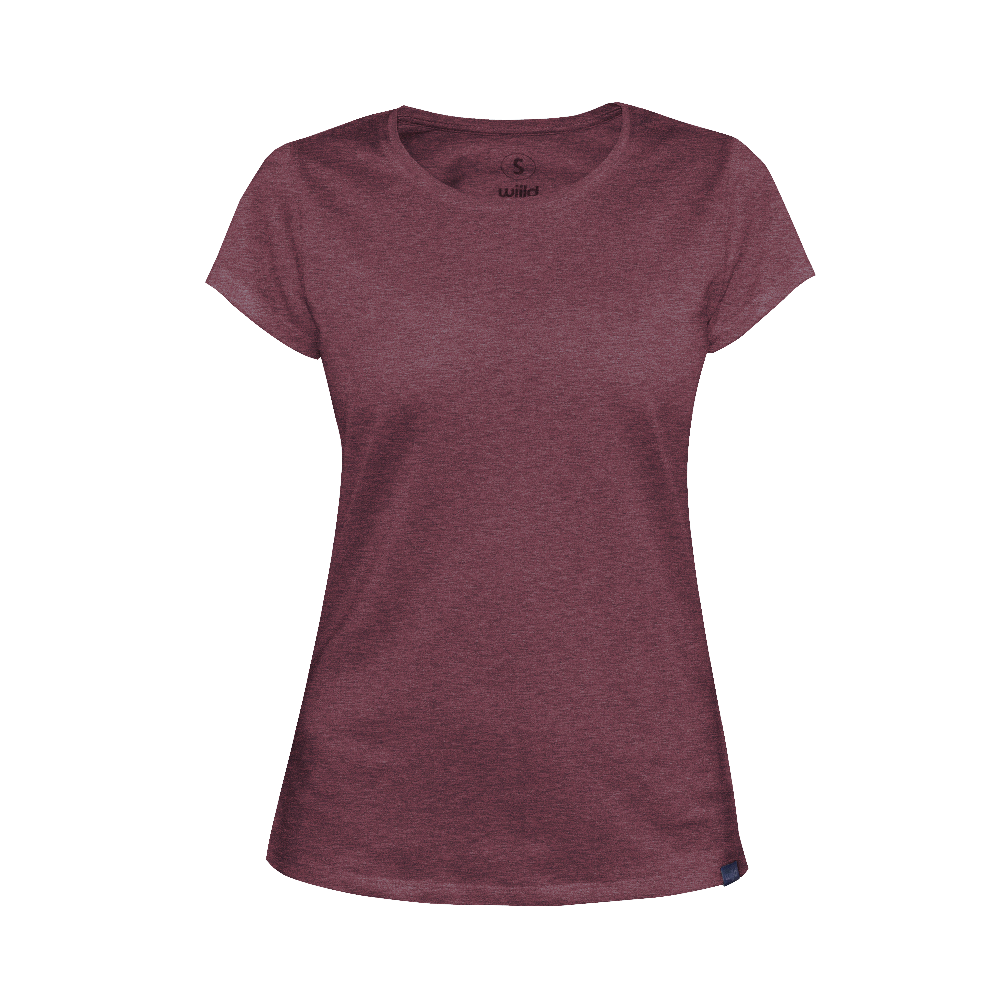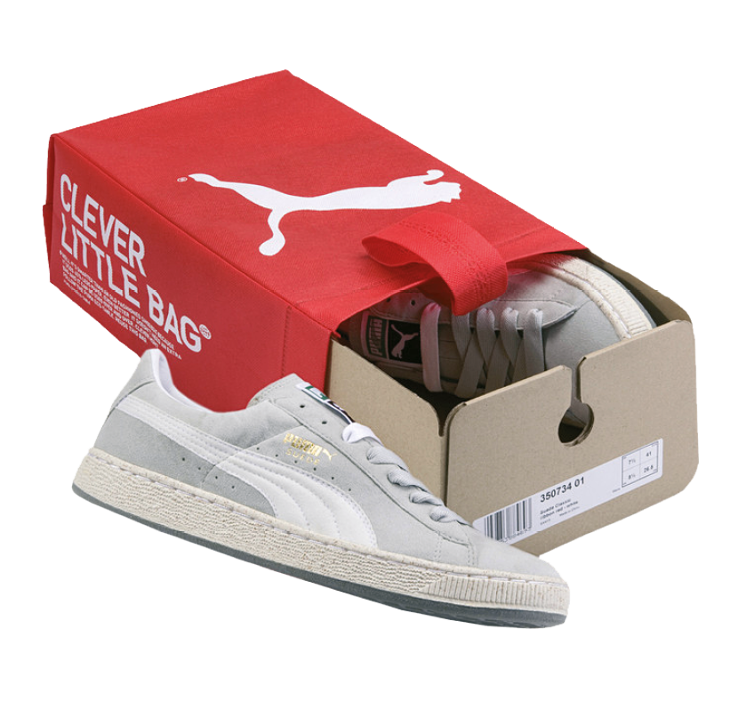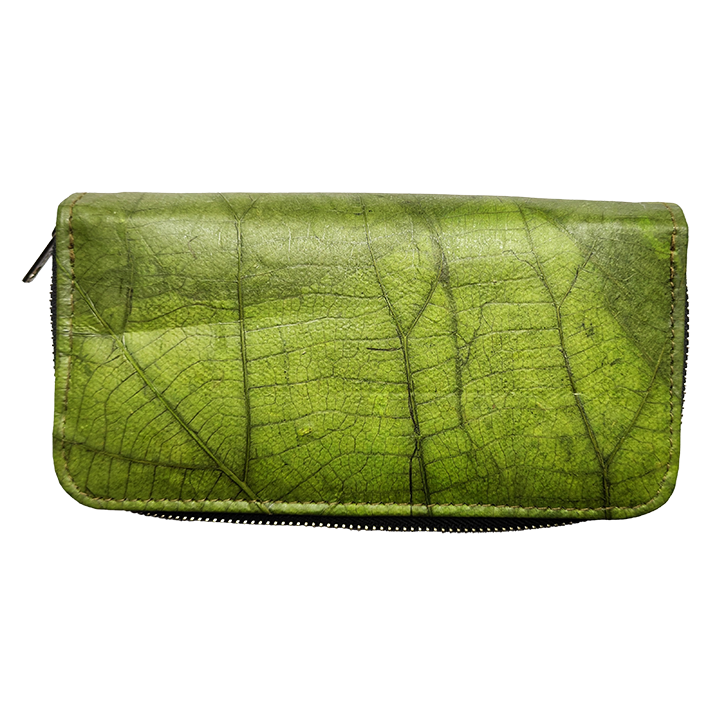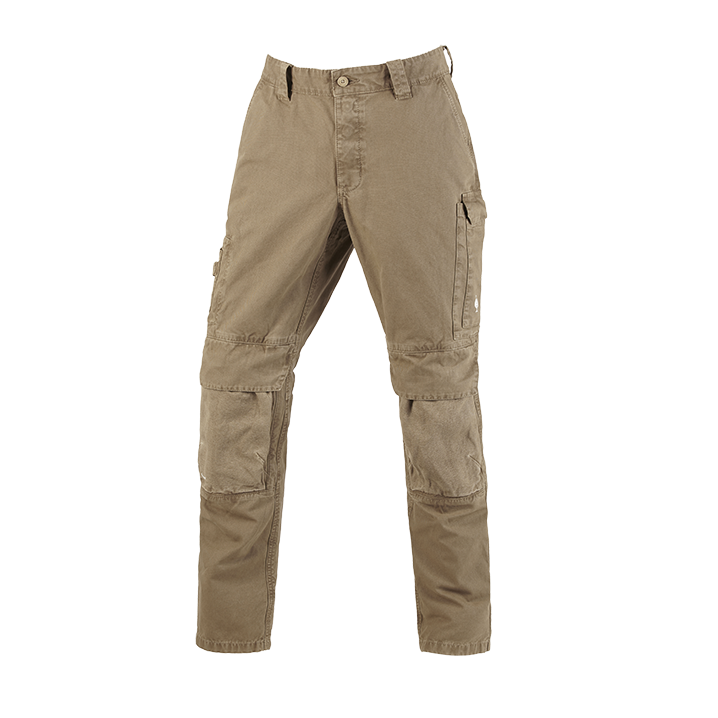Food packaging
Maize is first and foremost a foodstuff. Many of its plant components that are not edible are also suitable for the production of environmentally friendly products. For example, for products that bring other foods fresh to the consumer.
DATA & FACTS
Sector:
Packaging
Renewable resource:
Maize grits
Participating companies:
Plantera GmbH
Bioeconomy factor:
Sustainable packaging alternative to polystyrene,
utilisation of residual
Status:
Prototyp
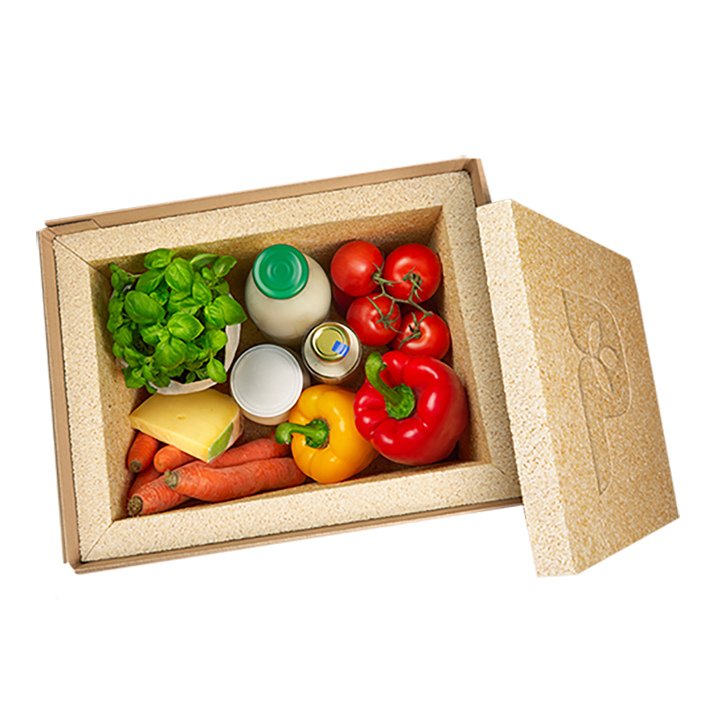
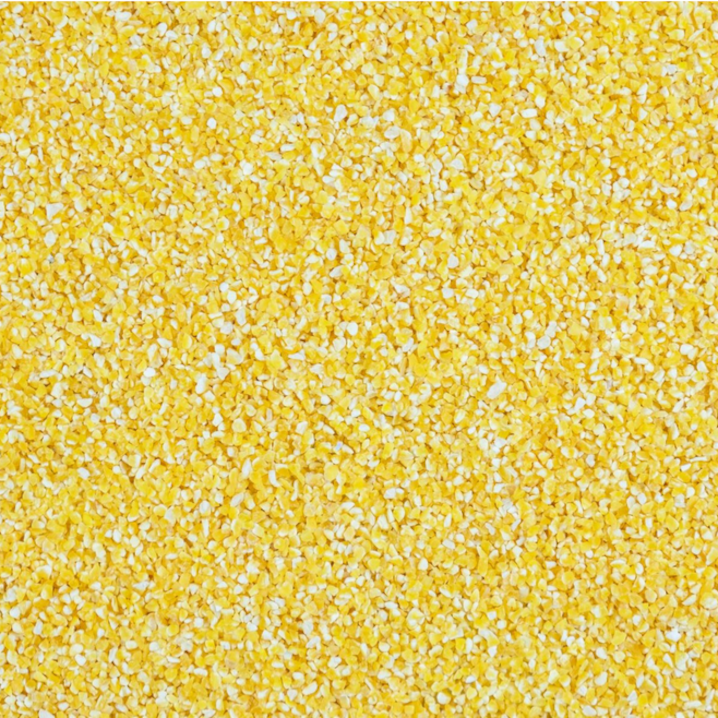
Maize, the jack of all trades
Maize is a versatile crop. In the food sector, its cobs are on the grill and oil can be pressed from the kernels. A large proportion of the harvest is also used as animal feed and the pharmaceutical industry uses maize dextrin, a carbohydrate obtained from the plant, as a carrier and binding agent.
Industrial application
In the bioeconomy, starch from maize is used to produce bioplastics and to refine paper in order to increase its strength and resilience. The starch used for this is obtained from the whole grain, which is therefore no longer available for the food sector.
Moulded parts made from maize residues
In the case of CornPack packaging solutions, things are different. Their manufacturer, a company from Lübeck, produces moulded parts from corn semolina. And thus from a residual material that is produced in the manufacture of muesli, among other things. Mixed with organic binders, it becomes a light, robust material that protects glass bottles from breakage and fresh food from spoiling.
The material is a sustainable alternative to polystyrene, which not only decomposes in industrial plants after a long service life, but also in domestic compost.
Market readiness
Market maturity is still being worked on. So far there is only a prototype.
Weitere Produkte



